Following the path of industrialization, Nam Dinh is certainly rising up to avoid being overshadowed, at least, compared to the surrounding provinces.
The weight of tradition
Tran Thi Yen walked along the weaving machines. She looked lost in the vast array of modern machines, with not a single person in sight at Bao Minh Textile Factory, the most modern textile facility in Vietnam, located in Nam Dinh province.
“I have been working regularly for a long time because there are a lot of orders, I don’t have to take any days off,” Yen said as she walked. This is a good thing in the context of the textile industry being affected by many impacts due to the decline in orders and the shift to other more competitive countries.
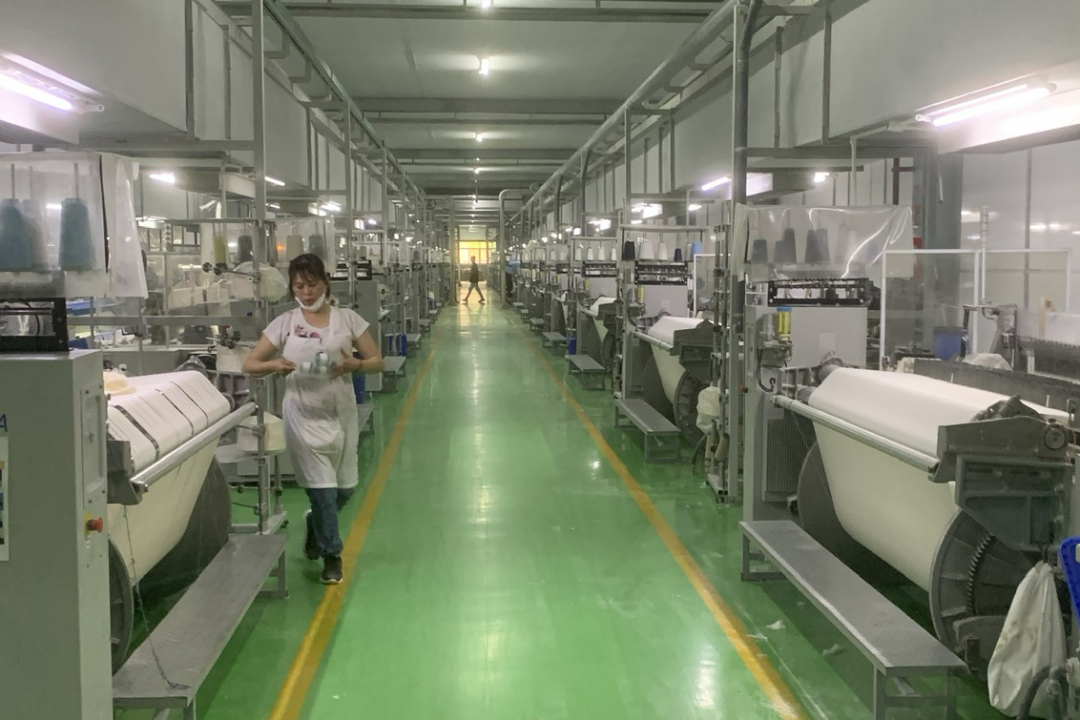 |
Bao Minh Textile Factory - Nam Dinh. Photo: Tu Giang |
After finishing high school, Yen followed her family's tradition of working as a textile worker for the past 15 years, working in many businesses. And when Bao Minh Textile Factory with a total investment of up to 1,700 billion VND started operating in Vu Ban district at the end of 2018, she moved here permanently.
“My salary is around 8 million VND, which is quite good,” she said with satisfaction and said she would stay with the textile company “for life”, like previous generations of her family who had been attached to the textile industry.
Yen is perhaps a typical case among the common worker families of the once-famous Nam Dinh textile industry. The Nam Dinh Textile Factory was built by French capitalists in the early 20th century and became the cradle of the textile dyeing industry in Indochina, even in Southeast Asia.
At its peak after 1975, the factory - now a state-owned enterprise - created jobs for more than 18,000 people, equivalent to 10% of the city's population. During the long subsidy period, Nam Dinh with its textile industry was always one of the largest industrial cities in the North.
However, the Nam Dinh textile industry, with its large scale and rigid, inactive management model, could not adapt to the strongly transforming economy after Doi Moi.
Orders declined, workers were unemployed… The large factory buildings gradually deteriorated and fell into disrepair over the decades. And then, in 2016, the Textile Factory with its kindergarten, school, infirmary, and closed dormitory had to be relocated from the place where it had existed for more than 120 years to make way for urban housing projects.
As the state-led textile industry weakened, Nam Dinh’s economy also suffered. This situation was exacerbated by Nam Dinh’s lack of connectivity to other development centers, making it difficult to attract investment for a long time.
During the 2011-2020 period, Nam Dinh's GRDP growth was only 6.6% due to too many bottlenecks and an unbalanced economic structure; the urbanization rate was only 20.3%, far lower than the national average of 33.6%.
Meanwhile, neighboring provinces with even lower starting points such as Thai Binh , Ninh Binh, Hung Yen have risen rapidly...
Worry about reviving the textile industry
When the Nam Dinh textile factory was in trouble, nearly 20 years ago, a group of textile businessmen were invited to Nam Dinh in an effort to do something for the city, the cradle of Vietnam's textile industry. They were experienced people, with management skills and a passion for the Vietnamese textile industry, including Mr. Vu Duc Giang, Chairman of the Vietnam Textile and Apparel Association.
After much deliberation, the provincial leaders and the textile and garment leadership group decided to establish Bao Minh Industrial Park in Vu Ban District, a very poor agricultural district. Bao Minh Industrial Park has an area of 165 hectares, invested by Vinatex Investment Joint Stock Company, and is scheduled to start construction in 2007.
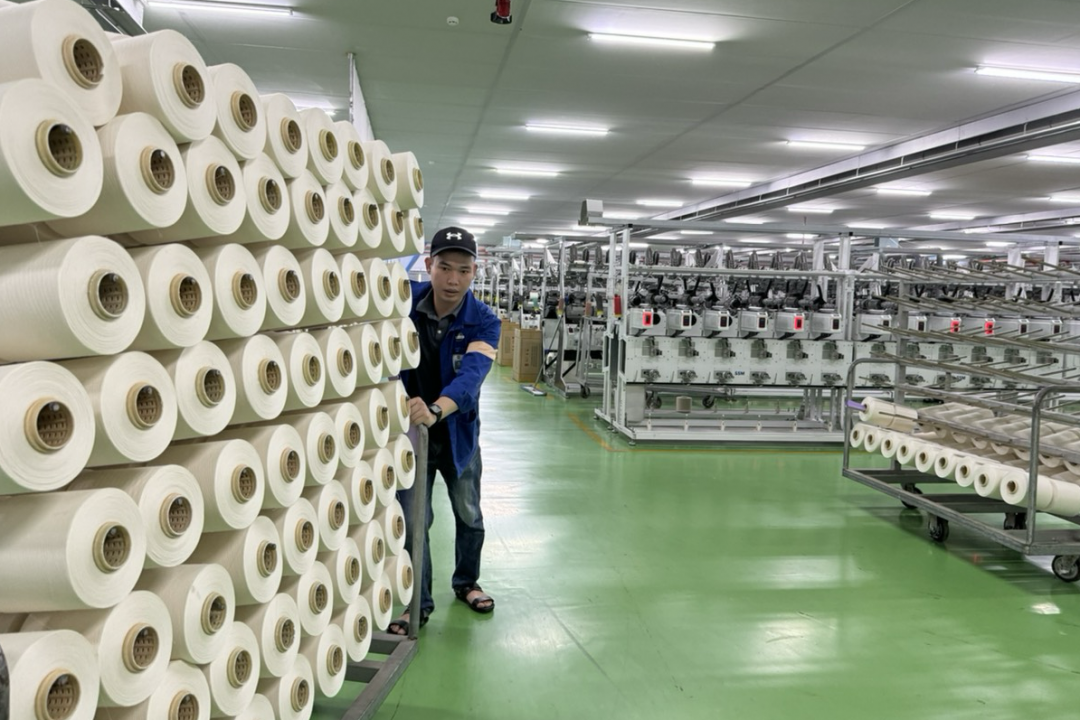 |
Image inside Bao Minh textile factory. Photo: Linh Chi |
But the transition was not easy. Vu Ban was then the poorest district in the province, with people mainly farming in low-lying areas. They feared losing their land while not knowing where their livelihood would depend. The Bao Minh industrial park project was suspended for several years even though only a few dozen households disagreed.
After much effort, fortunately, the industrial park was completed and put into operation in 2010.
Deputy General Director of Bao Minh Industrial Park Infrastructure Investment Joint Stock Company, Mr. Hoang Manh Cuong recalled: "After the industrial park came into operation, by 2015, Vu Ban district had risen to the top of the districts contributing the most to the provincial budget."
 |
Workers work at Bao Minh textile factory. Photo: Linh Chi |
In addition to building the industrial park, the investor, Bao Minh Industrial Park Infrastructure Investment Joint Stock Company, formerly VINATEX Investment Joint Stock Company, also operates Bao Minh Textile Factory right on the premises.
Up to now, Bao Minh Industrial Park has been completely filled by investors such as Sumi Wirings (Sumitomo Group, Japan), Sunrise Smart Shirts (Hong Kong), Luentai, YulunTextile (China), Padmac (Germany), Junzhen (Taiwan) with products such as fabrics, yarns, clothes, wooden furniture, electrical wires in the automobile and motorbike industries.
This industrial park alone has created jobs for up to 15,000 local workers.
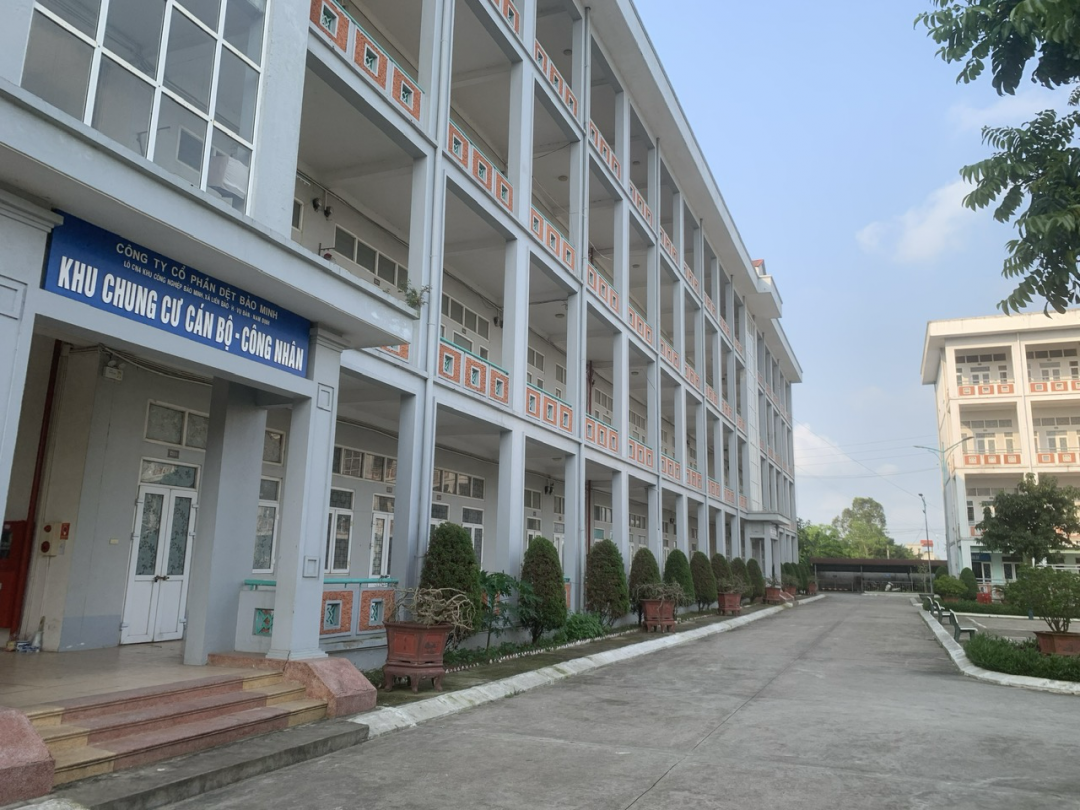 |
Accommodation for workers working in Bao Minh Industrial Park. Photo: Tu Giang |
Deputy Head of the Management Board of Industrial Parks of Nam Dinh Province, Mr. Nguyen Vu Chien, calculated that a farmer only earns 300,000 - 400,000 VND/sao per crop. Meanwhile, the average income of a worker is 9 million VND/month.
“There is a huge income gap so people are very supportive of the transition from agriculture to industry,” said Mr. Chien.
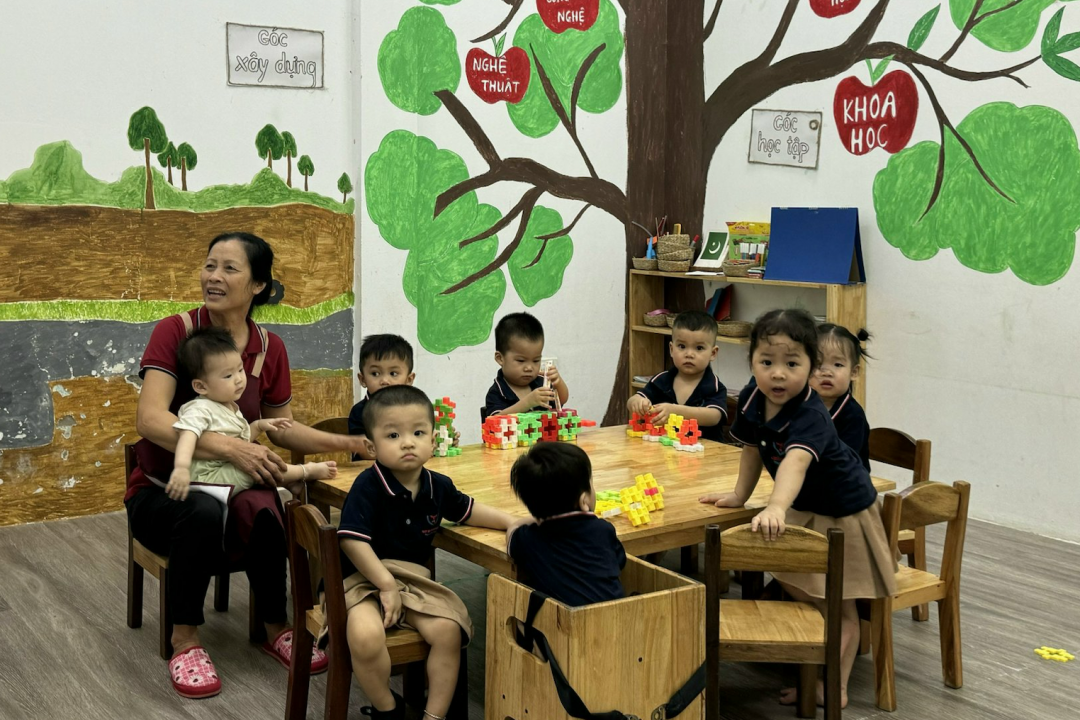 |
Class for workers' children at Bao Minh Industrial Park. Photo: Linh Chi |
To date, Bao Minh Industrial Park is expanding by another 50 hectares. Many foreign investors have registered to invest, promising that this project will also be quickly filled.
Mr. Cuong said that this industrial park contributes 300 billion VND to the Nam Dinh provincial budget every year. The poor imprints of the formerly purely agricultural Vu Ban district are gradually fading away and being nourished and replaced by new roads, schools and many other spacious infrastructures.
Attracting Eagles
Besides Bao Minh, Nam Dinh province also has 5 other industrial parks with a total area of nearly 1,300 hectares that have been put into operation. These six industrial parks have attracted nearly 200 projects with a total registered investment capital of more than 8,000 billion VND and nearly 1.4 billion USD, including prominent investors such as Quanta Computer, Toray Group, Jia-wei, Sunrise, Crystal.
Nam Dinh province is continuing to build 10 new industrial parks with a total area of 1,250 hectares and Ninh Co economic zone with a scale of nearly 14,000 hectares.
 |
The tradition of the Textile industry has been continued more vividly and effectively, while other industries in Nam Dinh continue to open up. Photo: Trong Tung |
Obviously, the traditional industrial foundation of the capital of Vietnam's textile industry has greatly impacted the industrialization development of Nam Dinh.
That trend has begun to take shape with a series of projects by domestic and foreign investors such as Xuan Thien Group; VSIP (Singapore); Quanta Group, JiaWei (Taiwan - China), Sunrise Material Group, Xingyu Safety Technology Company (Singapore); AEON (Japan)...
Among them, the most notable is the computer manufacturing project of Quanta Computer Inc. with an investment capital of 120 million USD. This project was licensed in just 1.5 days, a record in Vietnam. Currently, Quanta is focusing on building infrastructure in My Thuan Industrial Park, My Loc district.
“This is a truly meaningful project for Nam Dinh province. It shows that we can and have the foundation to attract high-tech, high-quality projects to create breakthrough development,” Nam Dinh Provincial Party Secretary Pham Gia Tuc told economic expert Nguyen Dinh Cung.
Mr. Tuc said that he is confident that in the near future, Quanta's computer products will reach Vietnamese consumers easily, like Samsung phones.
He added that Nam Dinh prioritizes attracting large, high-tech, environmentally friendly enterprises rather than massively attracting all types of projects.
That approach is correct, especially when Nam Dinh once refused to license a very large pig farming project due to environmental concerns.
The Rise of the South
Mr. Cung, who contributed greatly to the development of the Enterprise Law in 2000, was very impressed with the attraction of FDI capital and the development of Nam Dinh, especially since Mr. Tuc, one of the leaders of the Vietnam Chamber of Commerce and Industry, became Secretary.
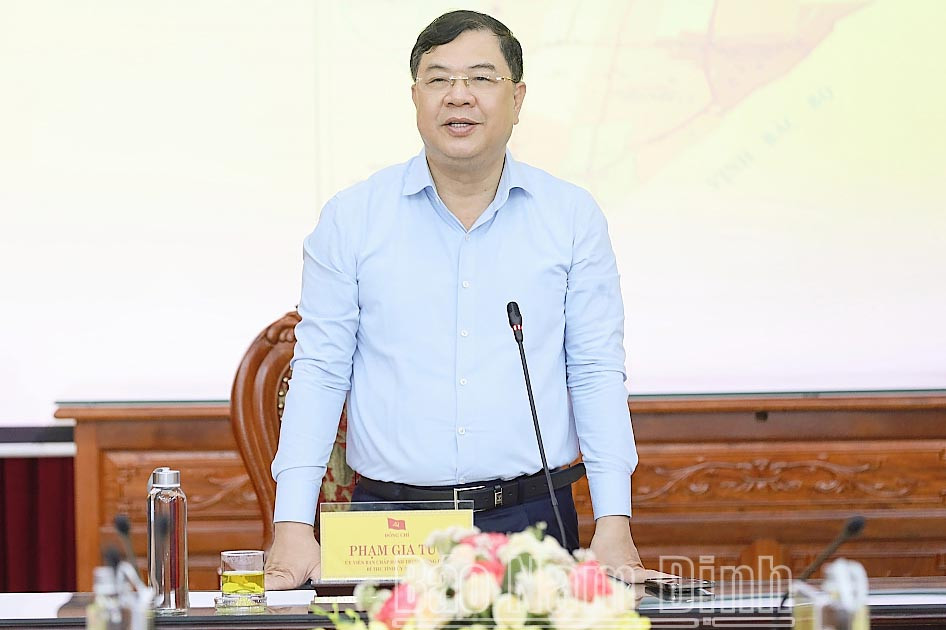 |
| Comrade Secretary of Nam Dinh Provincial Party Committee Pham Gia Tuc. |
Last year, Nam Dinh's GRDP growth exceeded 10.19% compared to 2022, the highest growth rate ever and ranked 6th nationwide; budget revenue reached over 10,000 billion VND.
According to Nam Dinh province, to connect with other areas and create more favorable conditions for investors, a series of infrastructure projects will be built in the near future, such as the coastal road section through Nam Dinh province; Provincial Road 485B; Day River overpass connecting Nam Dinh and Ninh Binh provinces; Ben Moi Bridge, Ninh Cuong Bridge; New Nam Dinh - Lac Quan - coastal road (Provincial Road 484); Phase II of the project to build a development axis road connecting the Nam Dinh marine economic zone with the Cau Gie - Ninh Binh expressway (Provincial Road 490);... The infrastructure bottlenecks that once tied Nam Dinh are gradually being removed.
When Mr. Cung recently returned to Nam Dinh to learn about the development of Nam Dinh, he was surprised. The spacious housing areas with rental prices very affordable for workers, the very convenient kindergartens, and especially the wastewater treatment area,… in Bao Minh Industrial Park have quality far surpassing many other places he witnessed, even the facilities of the old Nam Dinh Textile Company.
Like her parents and grandparents before her, Yen continues to work in the textile industry. But there is one difference: the factory where she works with about 200 workers has a capacity 2-3 times higher than the Nam Dinh Textile factory.
The tradition of the Textile industry has been continued more vividly and effectively, while other industries in Nam Dinh continue to be opened. Following the path of industrialization, Nam Dinh is certainly rising up to avoid being overshadowed, at least, compared to the surrounding provinces.
According to vietnamnet.vn
Source


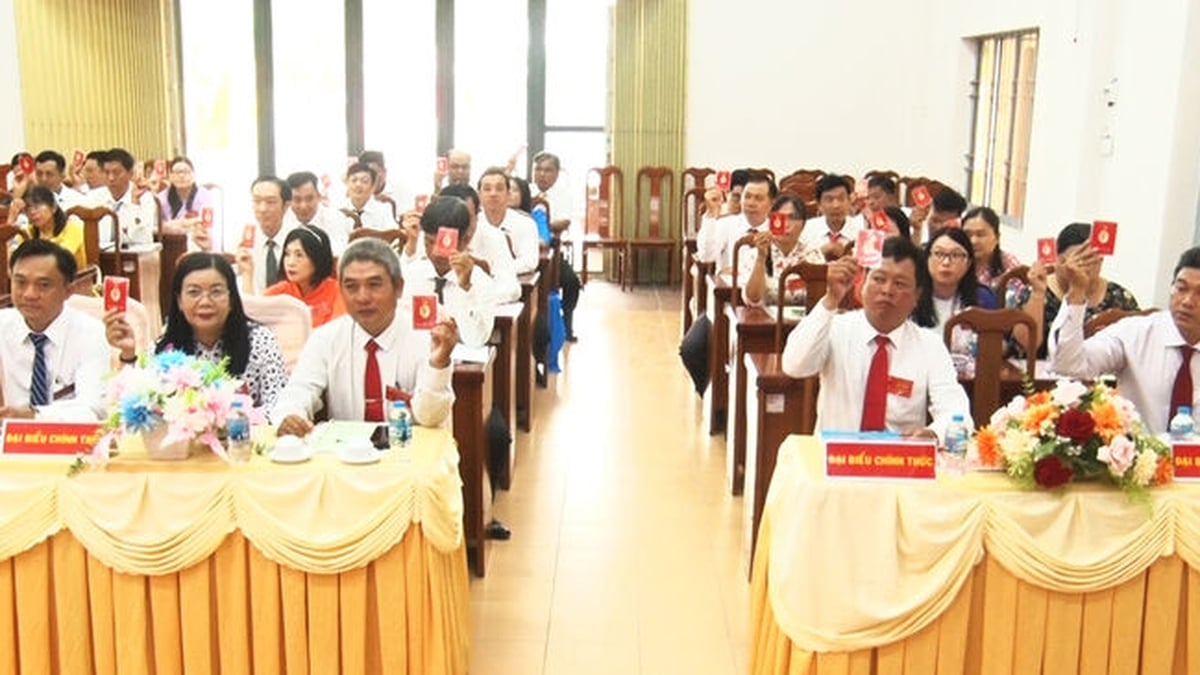


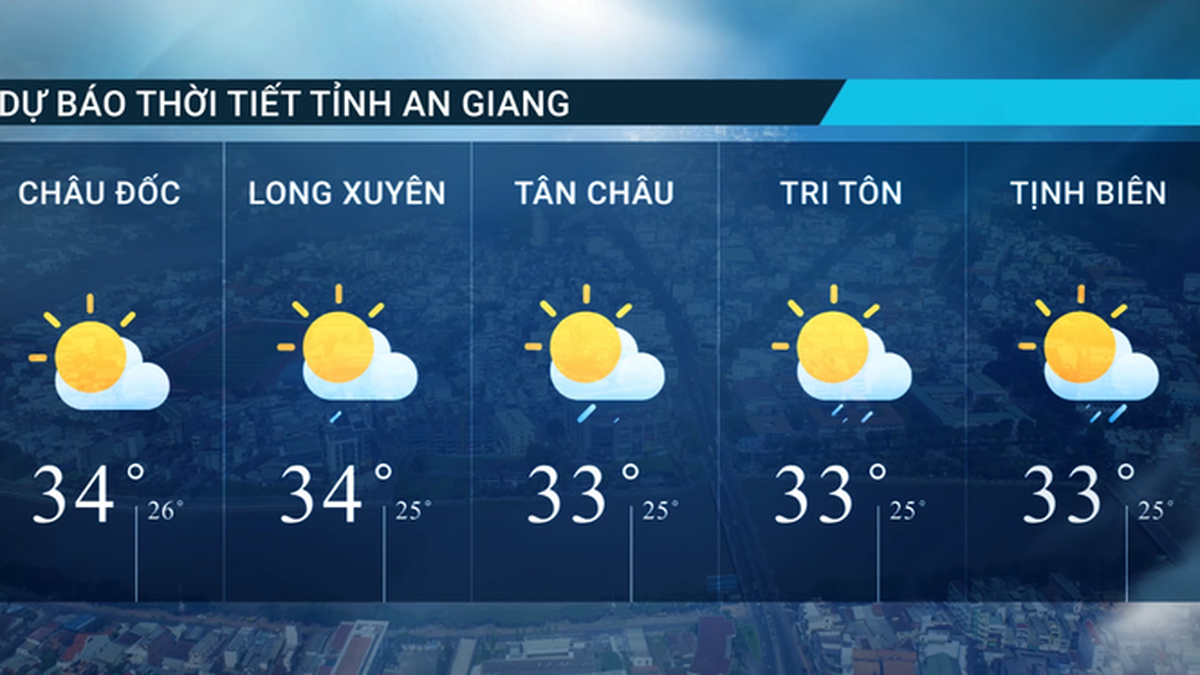


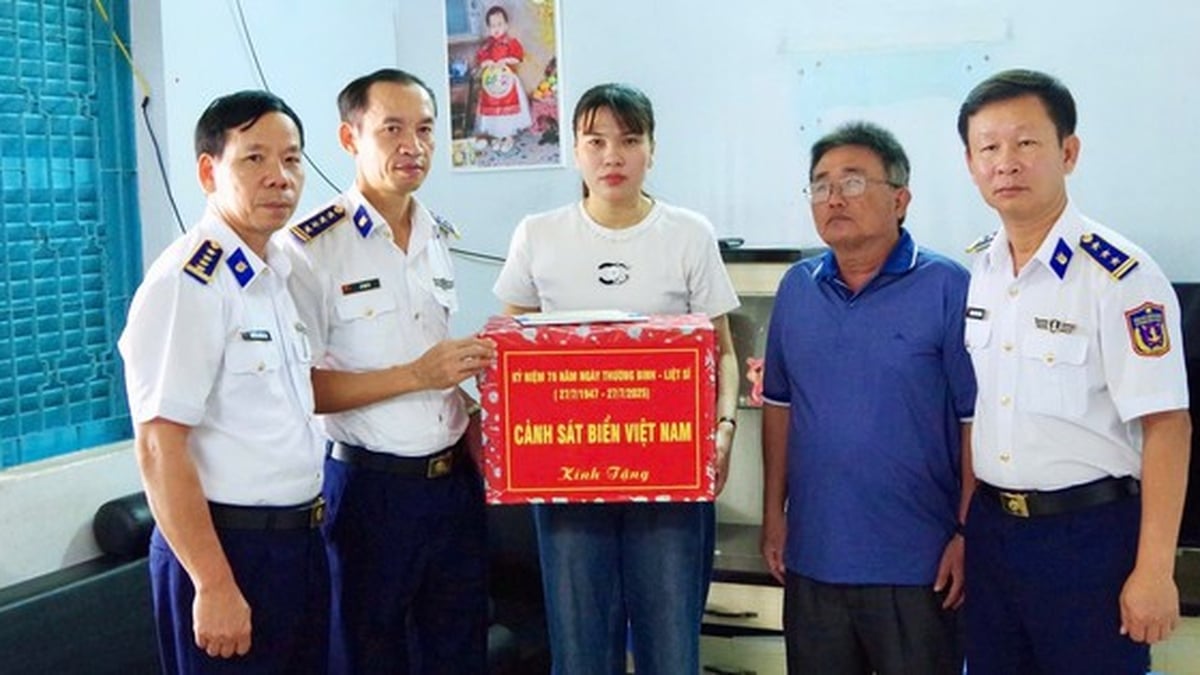























































































Comment (0)